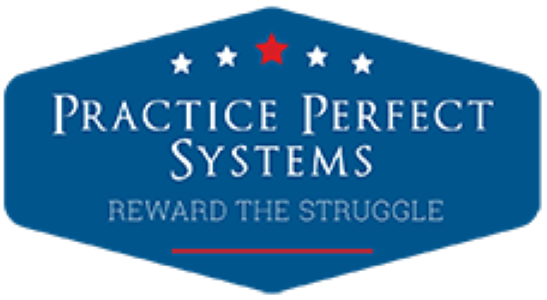Last week in Part 1, I introduced telehealth as an option to build value into your diagnosis and treatment plan. Since a one-visit new patient system presents some challenges, other than for patients who are very healthy, here is another option to consider. A two-visit new patient process similar to the medical model, especially for patients with more involved issues. This is the model most hygienists and dentists were taught in school. It’s only in private practice that the one-visit model exists.
In a two-visit, medical model, the first visit is primarily diagnostic. Tests are performed, and only cursory results and recommendations discussed, such as weight or blood pressure reduction strategies.
A two-visit, medical model is also used in other areas of dental practice. When a biopsy is taken, that entails a two-visit (or more) process. Taking a CBCT* or MRI entails having a radiologist review and present their diagnosis to the treating doctor. Only then can the doctor collate all the diagnostic materials and present a comprehensive plan to the patient.
The two-visit new patient model is ideal for comprehensively diagnosing and presenting care to the patient; however, it does have other advantages.
- It allows time for patients to gain trust with the practice. This can be encouraged by excellent patient service and a stellar first experience.
- It enables the practice to start framing the patient’s needs via educational materials such as pamphlets, brochures, books, and videos.
- It facilitates a less rushed and more focused discussion of needs at the second visit.
- It gives the practice more time to better understand what motivates the patient (we call that the patient’s WHY), which promotes treatment acceptance based on emotional rather than purely clinical needs.
- It allows the practice to prepare for financial options that can further facilitate case acceptance.
While transitioning to a two-visit new patient process might take some time, using telehealth can be incorporated fairly quickly. All it takes is a commitment on the part of leadership and communication of purpose, value, and process by the entire TEAM.
Building an “A” team is critical to the implementation of any system in the practice. Promoting an “A” team is just one of the benefits of the Coffee with The Coach program.
As dentistry becomes more generally recognized by the public and our physician colleagues as a vital component in overall health and wellness, dental practices that adopt the medical model will have a competitive advantage. Salivary diagnostics and telehealth are consistent with a medical model. Why not start the process now?
To everyone’s practice health and success,
Michael
*CBCT’s: The standard of care when taking any radiograph is to fully read that image from “edge to edge.” Most dentists can do this with a bitewing or periapical. Most can also do this with a Panoramic film or even a segmental CBCT that only involves the dentoalveolar structures. But full CBCT’s have information about structures that most dentists are unfamiliar with. That does not excuse them from delivering a comprehensive report on every aspect of the image. Using a radiologist’s services can help avoid breaching the standard of care as well as protecting patients from failure to diagnose non-dental issues such as neoplasms in the sinuses, nasopharynx, brain or spinal cord, all areas unfamiliar to most dentists.
For more from Dr. Michael Goldberg, visit the Practice Perfect Systems page of our Protocol Directory.
- The Hidden Threat to Dental Implants: Why Ignoring Bacteria is a Risky Gamble – Part 2 - March 14, 2025
- The Hidden Threat to Dental Implants: Why Ignoring Bacteria is a Risky Gamble – Part 1 - February 28, 2025
- A Competitive Advantage – Part Two - November 8, 2024


